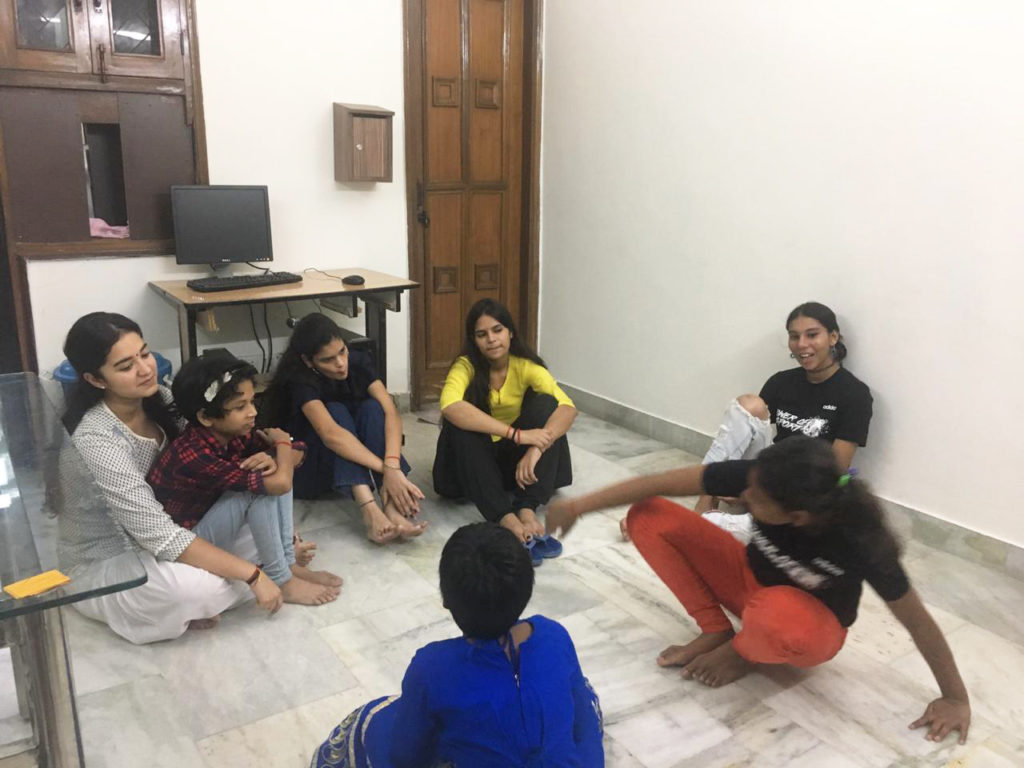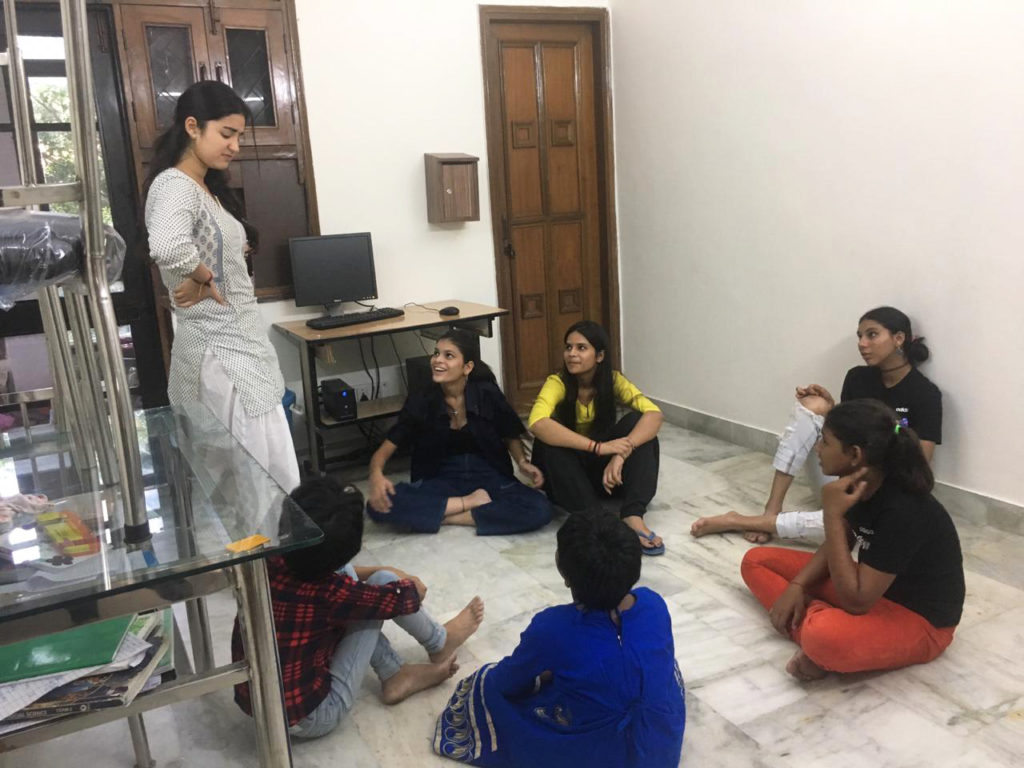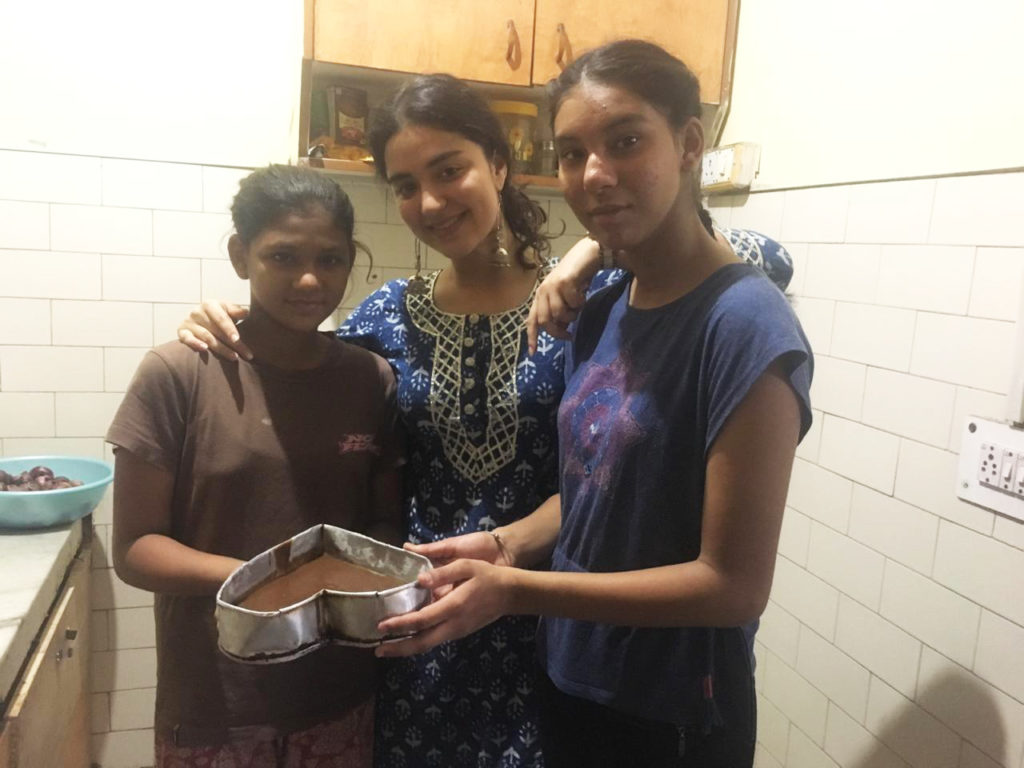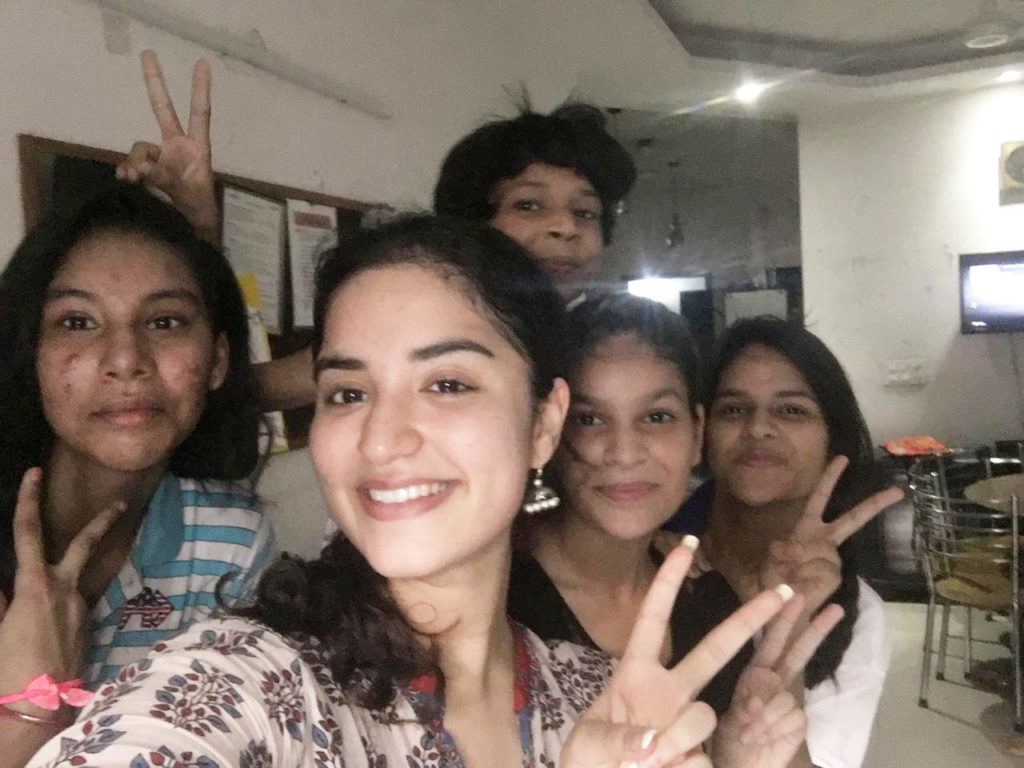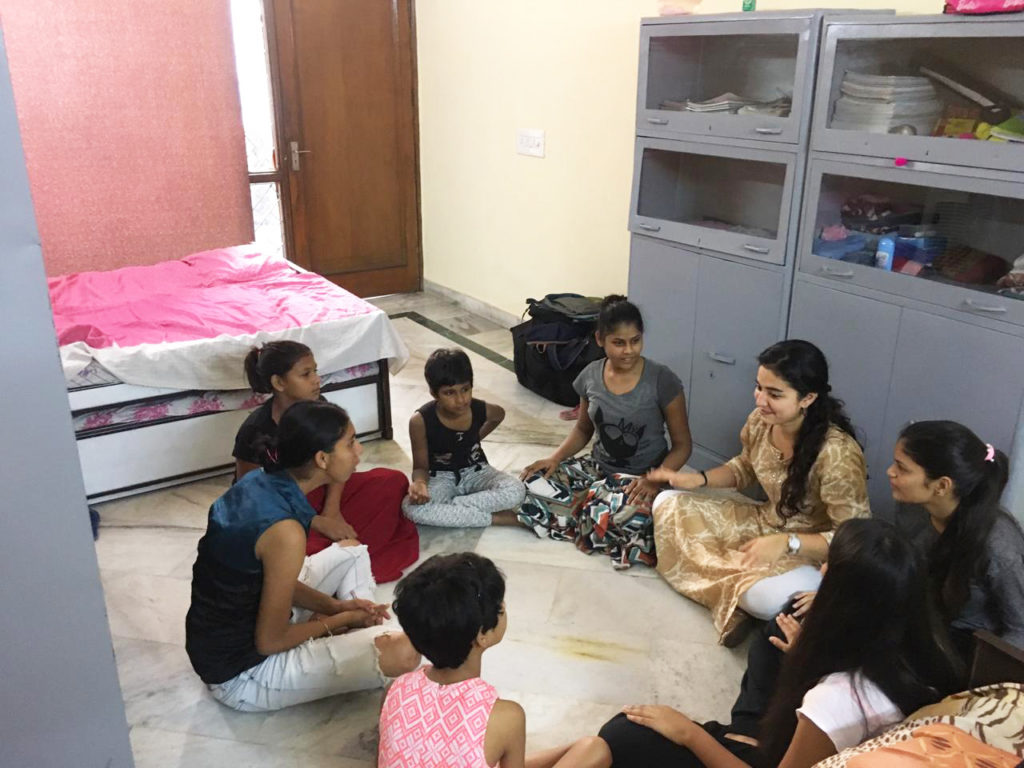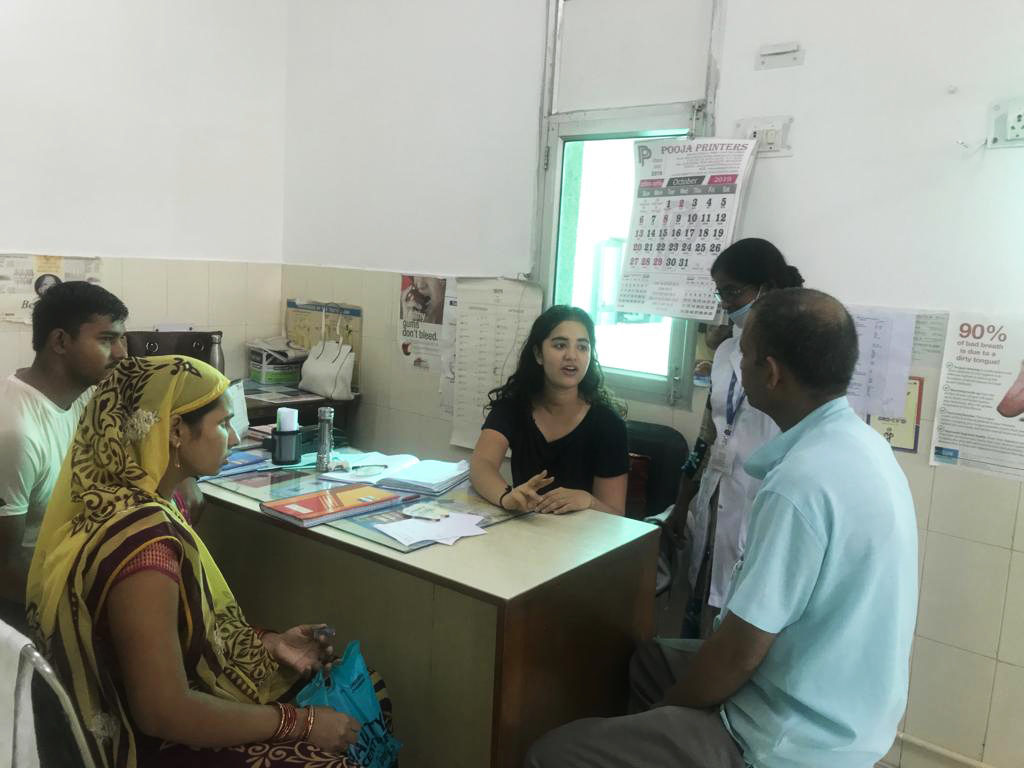Making a Difference
Since an early age, I have seen instances of philanthropy at home. My grandmother is the Head of Dental Department at DCWA, a charitable hospital for the under privileged and has been serving there for the past twenty years. Little things that my family has always done account for a lot, whether it is having a water cooler outside our house all through the year or distributing blankets to street vendors during winter months. This instilled in me values of benevolence and the spirit of humanitarianism. As a seventeen-year-old, I had an abundance of opportunities to help people. I thought that if I could use a skill that I have acquired and been working on polishing for years, to give back to society, then there would be nothing like it.
Therefore, I took a few classes in dance therapy and decided to work with a group of twelve girls ranging from an age group of six to sixteen years. Through the course of the sessions I learnt that there is no fixed method to dance therapy. It is the (USE OF MOVEMENTS AND GESTURES WHICH HELP TO FOCUS ON THE INTELLECTUAL, EMOTIONAL etc)psychotherapeutic use of movement and dance to support intellectual, emotional, and motor functions of the body. As a form of expressive therapy, it looks at the correlation between movement and emotion. Through my sessions at Udayan(NGO where I volunteered) I realised that I will have to keep the sessions flexible, depending on what the girls were feeling like that day and not follow a repetitive and fixed pattern.
- Opening ritual: the sessions that I conducted started with an opening ritual. This ritual was followed through all the sessions. This was a form of conditioning as every time they performed it they knew that they had to get their minds off other things and collect their thoughts for the session
- Energisers: After the opening ritual, we often performed an energiser in order to get warmed up and activate our bodies.
- Games: I conducted games for the major chunk of my session. Games such as’ follow the leader ‘ and’ mirroring’ helped induce qualities of coordination and leadership, while games like acting out name meanings and saying a sentence with two different emotions helped them understand tones and become more expressive. We also played ‘build a fort’ in which the girls understood the importance of team work.
- Dance class: I took a twenty-minute dance class in order to introduce the girls to a new skill, which would help them develop discipline, sharpen their memory and remain fit. I incorporated movements that would require focusing on different body parts separately and body balance.
- Reward: As a reward for being well behaved and obedient through the session, I let them play music and have around five to ten minutes of free time. They often danced to their favourite Bollywood songs. This was a form of positive reinforcement.
- Circle time: As the session neared its end, we would sit down in a circle and have an open discussion on how everyone’s week went. This helped many of the girls to open up about their problems and I got a chance to tell them that they were not the only ones dealing with such problems and often would narrate my own experiences to help them get past their problems.
- Closing ceremony: At the end of the session I took a feedback from them. The session was then wrapped up with a closing ceremony which was the same as the opening ceremony.
Through the course of these sessions I learnt a lot about the kinds of challenges underprivileged children have to face especially at a tender age of pre or early teenage. I also realised that these girls had problems similar to mine but nobody to guide them. I am happy that I got the opportunity to give back to society in my own little way at Udayan andi am planning on continuing to do so in several different ways
Along with this I also volunteered at DCWA , under my grandmothers guidance. I spent time talking about hygienic sanitation habits to many patients. This way I also got to know how the unprivileged strata of society struggles with basic everyday needs. This sensitized and motivated me even more towards dedicating more time to social work as I grow up.
Abhinandan is an educational welfare society which works with the under 18 rag pickers at several railway stations in New Delhi. They are usually drug addicts and very unwell kids. Their energies are streamlined in education and learning a skill like stiching, pottery, candle making etc. I volunteered several times to sell these products at different fates and melas, to give them financial stability. Handing over money to them for all their hardwork, brought a smile on their face, and peace of mind and soul for me.


